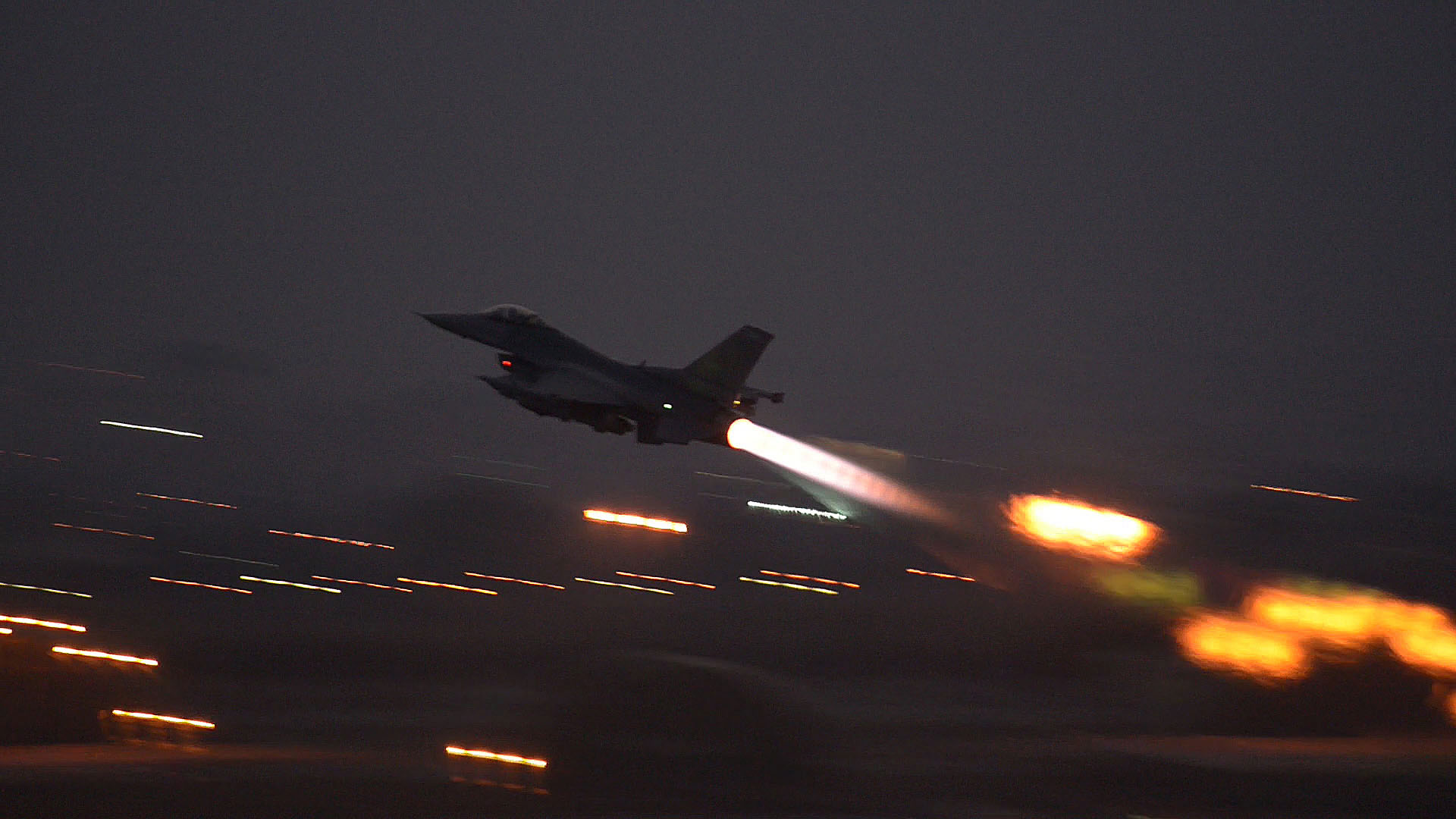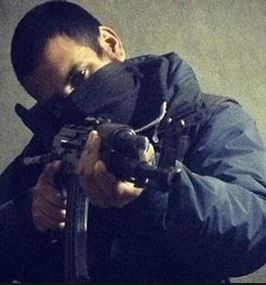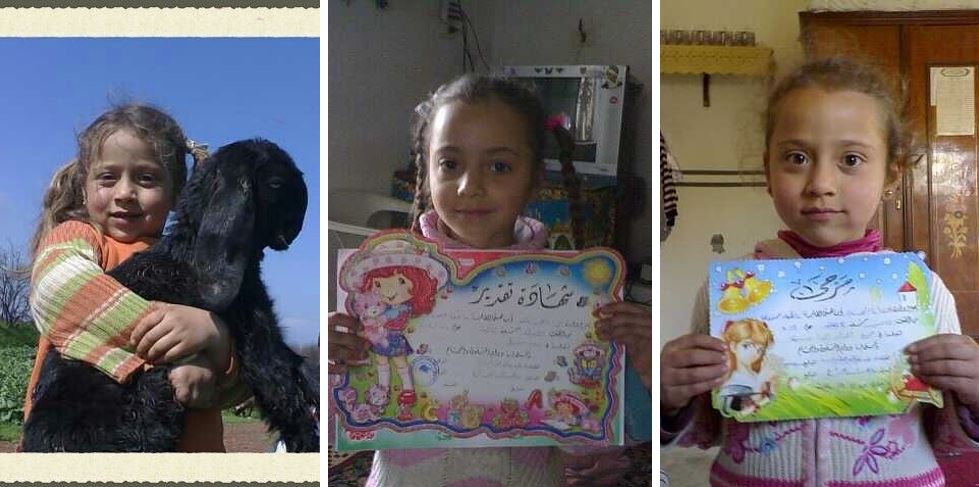Major Developments
- 6.548 Coalition airstrikes had been carried out to the end of August 2015 according to an Airwars count. Of these, 62% targeted Daesh in Iraq (4,080 strikes) with 2,468 airstrikes in Syria
- In total, Coalition aircraft had dropped 22,478 bombs and missiles on Iraq and Syria to August 31st
- Airwars recorded 12 new alleged civilian casualty incidents attributed to the Coalition for August. At least 62 non-combatants reportedly died in these events
- A report by Syrian casualty monitor SN4HR claimed that at least 225 civilians were killed by the Coalition in Syria alone to July 31st, 2015
- Denmark set a new transparency benchmark, announcing within days that its aircraft may have been involved in a civilian casualty incident in Iraq in late August
- Turkey became the 13th nation officially to join the coalition, as Denmark announced its own operations would temporarily end on October 1st
Civilian Casualties
- We added 12 new incidents of concern for August 2015 to our evolving database, which to the end of the month had recorded 188 such events. Between them these new incidents were alleged to have killed at least 62 civilians.
Two August incidents at Ar Rutbah in Iraq were denied by the Coalition, which insisted it had not carried out strikes on the town on the days in question. A further six cases are presently weakly reported.
Four events warrant particular attention. On August 11th US aircraft bombed the western Syrian border town of Atmeh. Nine named civilians – including seven children – died according to multiple eyewitness and survivor reports.
 A single civilian was reported killed in a possible Coalition strike at Al Qaim in Iraq on August 18th, while on the following day a missile reportedly struck a public celebration in Mosul, killing as many as 18 people including local dentist Dr. Samir Ibrahim (pictured.)
A single civilian was reported killed in a possible Coalition strike at Al Qaim in Iraq on August 18th, while on the following day a missile reportedly struck a public celebration in Mosul, killing as many as 18 people including local dentist Dr. Samir Ibrahim (pictured.)
The fourth incident was self-reported by the Danish military, and is currently being investigated by CENTCOM. This involved potential civilian casualties in the Irbil area of Iraq – most likely the villages of Kisik or Sultan Abdallah.
- In total, to the end of August 2015 Airwars had identified 187 alleged civilian casualty incidents involving Coalition aircraft, and 10 ‘friendly fire’ cases. These represented a total alleged civilian fatality range of 1,170 to 1,539.
In the view of Airwars, 86 of these events warrant particular concern – with two or more credible sources and Coalition strikes confirmed in the near vicinity. Some 539 to 734 reported fatalities across Iraq and Syria were associated with these incidents. To date, the Coalition has only conceded two ‘likely’ civilian deaths.
- The Syrian Network for Human Rights published a report on August 11th investigating 24 new problem incidents in Syria from February 2015. It documents the death of 125 individuals, including 55 children, 26 women, and three members of armed opposition groups.
The report deplores Daesh’s strategy of establishing strongholds in densely populated areas, but also concludes: “International Coalition forces violated the International Humanitarian Law by targeting ISIL forces in densely populated civilian areas.” It also urges “serious investigations” into the incidents it describes, and asks that “compensation should be given to those affected.”
Military Actions
- The Coalition carried out 522 airstrikes in Iraq in August 2015, topping the previous record of July 2015 (518 strikes). These attacks were mainly targeting the vicinity of Mosul and Ramadi (75 strikes each), and supporting the Peshmerga offensive in Tuz (62 strikes).
A total of 210 strikes were also carried out in Syria, mostly around Al Hasakah (90 strikes), Aleppo and Kobane (31 strikes each).
On average, 23.62 strikes were carried out each day in August, making this the second most intense month of Coalition strikes so far.

An F-16 takes off from Incirlik Air Base, Turkey August 12 2015 (USAF/ Snr Airman Krystal Ardrey)
- The United States remains the dominant partner in the Coalition’s war against Daesh. According to Coalition data supplied to Airwars, just 2 airstrikes were carried out by the US’s partners in Syria in August – with American aircraft carrying out 215 strikes (99 per cent.) In Iraq the US was responsible for 495 strikes, with its allies conducting a further 216 attacks (30 per cent.)
The UK was particularly active in Iraq in August, carrying out 36 new strikes – 24 by its Reaper drones. The Netherlands was the next most engagded with an estimated 100 bombs and missiles dropped during the month – roughly 33 airstrikes. Denmark dropped 81 bombs – approximately 24 strikes. France reported 23 new strikes, followed by Canada with 12 strikes, and Australia with an estimated 11 airstrikes.
- Following a gruesome attack on civilians in the border town of Suruc, Turkey opened its airbases to the US military last month, Turkish jets have carried out their first airstrikes as member of the coalition on August 29th. The Guardian, quoting Turkey’s state-run Anadolu Agency and the Dogan news agency, reports that these strikes may have taken place in Manbij and north of Aleppo. Defense Secretaty Ash Carter said: “We need them also—as a neighbor to this conflict zone, as a longtime NATO ally and a responsible member of the anti-ISIL coalition—to control the border, the long border they have with both Syria and Iraq, more than it has been controlled over the last year.”
Meanwhile, Foreign Minister Kristian Jensen announced that Denmark had decided to pull out of the Coalition and to send its jets home on October 1st. The four active and three reserve F-16s had already flown 476 missions and dropped 425 bombs, according to the Defence Ministry. According to Associated Press, Danish aircrews were being stretched too thinly by the extended campaign: “Last month, Danish plane mechanics warned against extending Denmark’s one-year mission with Operation Inherent Resolve, saying staff members were stressed and some of the planes had cracks.”
 Junaid Hussain (pictured) a 21-year-old from Birmingham, UK and number three on the Pentagon’s “kill list” of Daesh targets, was reportedly slain by a US drone strike. In addition, Al Baghdadi’s number two, Fadhil Ahmad al-Hayali, was also reportedly killed – although it’s the third time the Coalition claims to have taken his life.
Junaid Hussain (pictured) a 21-year-old from Birmingham, UK and number three on the Pentagon’s “kill list” of Daesh targets, was reportedly slain by a US drone strike. In addition, Al Baghdadi’s number two, Fadhil Ahmad al-Hayali, was also reportedly killed – although it’s the third time the Coalition claims to have taken his life.
The British government also later admitted that it had carried out its first drone targeted killing away from the battlefield on August 21st, killing two UK citizens and a third alleged terror suspect when a car was struck by a Reaper near Ar Raqqa in Syria. The RAF attack, independent of Coalition operations, sparked intense national and international debate.
- The Coalition was very active around the Iraqi town of Tuz, supporting a Peshmerga offensive which regained 200 square kilometers of terrain and seven villages from Daesh, according to CJTF-OIR: “Coalition forces carried out 13 deliberate and 12 dynamic strikes over a three-day period in support of the Peshmerga operation.“
- Vital Intelligence, Surveillance and Reconnaissance missions passed the 1,000 mark in Iraq and Syria for the first time as the UK, France and Australia expanded their ISR operations into Syria. Tracking by Airwars shows that after more than a year of operations, ISR provision still lags far behind that in Afghanistan.

 A single civilian was reported killed in a possible Coalition strike at Al Qaim in Iraq on August 18th, while on the following day a missile reportedly struck a public celebration in Mosul, killing as many as 18 people including local dentist Dr. Samir Ibrahim (pictured.)
A single civilian was reported killed in a possible Coalition strike at Al Qaim in Iraq on August 18th, while on the following day a missile reportedly struck a public celebration in Mosul, killing as many as 18 people including local dentist Dr. Samir Ibrahim (pictured.) Junaid Hussain (pictured) a 21-year-old from Birmingham, UK and number three on the Pentagon’s “kill list” of Daesh targets, was reportedly slain by a US drone strike. In addition, Al Baghdadi’s number two, Fadhil Ahmad al-Hayali, was also reportedly killed – although it’s the third time the Coalition claims to have taken his life.
Junaid Hussain (pictured) a 21-year-old from Birmingham, UK and number three on the Pentagon’s “kill list” of Daesh targets, was reportedly slain by a US drone strike. In addition, Al Baghdadi’s number two, Fadhil Ahmad al-Hayali, was also reportedly killed – although it’s the third time the Coalition claims to have taken his life.